CSUN Taps Creativity to Launch Historic Fall Semester
Most CSUN students won’t be on campus during a primarily virtual fall semester, which starts Aug. 22, but their professors are working hard to bring engaging experiences to them.
CSUN biology and anatomy students will be learning via simulated labs that let them conduct experiments in a virtual, video game-like setting. Engineering students will use at-home kits that give them hands-on experience. Three departments and dozens of students are working together to produce one of the world’s first animated operas.
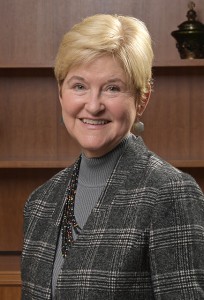
Mary Beth Walker
These are just a few examples of the types of alternative learning strategies CSUN professors are using this fall to ensure that courses are informative and engaging.
They would have preferred a fall semester where COVID-19 cases were way down in Southern California and the pandemic under control — so everyone could return safely to campus — but university leaders say that given the situation, the creative solutions they’ve employed for distance learning will generate meaningful learning opportunities that may even carry over to the time when the university can fully reopen.
“I have been super impressed with the dedication our faculty have shown toward getting ready for a mostly virtual fall — over 1,000 training sessions, in everything from learning new features of Zoom and Canvas to re-doing assessments to increase engagement, to helping create connections across the campus,” said Mary Beth Walker, provost and vice president for Academic Affairs. “We have ordered new technology, new software and new hardware to improve experiences for faculty and students.
“We need to hear your feedback and your comments,” she said to CSUN students and faculty. “We are trying very hard to learn from these experiences, to help us create an even stronger post-COVID university.”
Plans and preparation
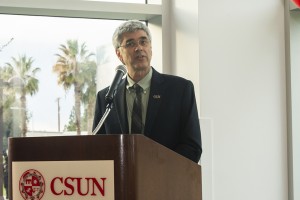
Interim Vice Provost for Academic Affairs Matthew Cahn speaks at the Lilac Hall opening. Photo by David J. Hawkins.
Over the summer, more than half of CSUN’s faculty members took advantage of training programs offered by the university’s Division of Information Technology and the Division of Academic Affairs with the aim of learning new ways to take their remote instruction to the next level, said Matthew Cahn, interim vice provost. The courses were offered for a wide range of experience levels, including faculty members who needed to familiarize themselves with the technology and professors who were ready to build an all-online course focused on active learning, equity and learning-centered teaching.
University leaders were concerned about how the virtual portion of the spring 2020 semester would go, Cahn said, given that faculty and students had just days to prepare in March. They were surprised to find that the student “pass rate” (the rate at which students passed their courses) was higher than in previous semesters.
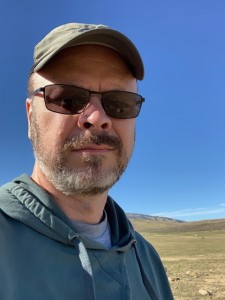
Tim Karels, CSUN Department of Biology chair.
“The engagement of faculty, the resilience of students and the effort of faculty and students to lean in to make it work, are what allowed students to be successful,” Cahn said. “That was a really positive experience, but it was bumpy. We’ve had several months of working through those kinks. Moving into fall, we anticipate that things will go much more smoothly.”
CSUN educators stressed the importance of students forging ahead to learn as much as they can, to complete their degrees. With that in mind, it was up to the faculty to find creative solutions to ensure that meaningful learning takes place this fall and beyond.
“We still need an educated workforce,” said Tim Karels, chair of the Department of Biology. “That’s not going to stop with COVID. We still need to graduate our students so they can be part of our economy. We especially need scientists. We just can’t put ‘pause’ on everybody and wait this out.”
Innovative alternatives
A small number of activities — potentially including labs in engineering, health and human development, science and math — will be permitted on campus using a number of safety measures, so long as conditions meet state and county health criteria for doing so, Cahn said. All plans must be reviewed by Dr. Linda Chassiakos, director of CSUN’s Klotz Student Health Center, and Tony Pepe, director of Environmental Health and Safety. Every class with an on-campus component also has a virtual-only backup plan. Everyone who wants to come to campus must be screened for illness, and on campus everyone must follow social distancing protocols. CSUN’s Physical Plant Management has also revamped its sanitization efforts and procedures.
These select on-campus activities are the exception. Most faculty members across campus had to come up with new ways to connect with students virtually.
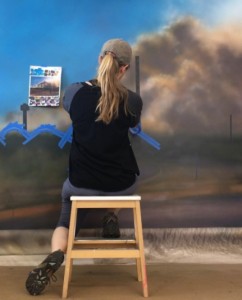
CSUN art professor Samantha Fields, shown in her Los Angeles studio, will hold virtual residencies for her two Art 429 Contemporary Studio classes. Photo courtesy of Samantha Fields.
Without access to the university’s creative studios and labs, professor Samantha Fields will hold virtual residencies for her two Art 429 Contemporary Studio classes. Her approach — called Self Isolation Pandemic Artist’s Residency Program (SIPARP) — requires students to create a home workspace, document it online, and then keep creating and sharing their artwork — along with their thoughts and feelings on the art and the process. This model, which she created in the spring, has been adopted by several universities nationwide.
Biology professor Fritz Hertel will use demonstration videos recorded by teaching assistants to examine the skulls of mammals including a coyote, bobcat, weasel, goat, horse and deer.
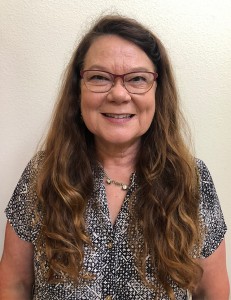
CSUN biology professor Virginia Vandergon.
In professor Virginia Vandergon’s Biological Principles 107 classes, teaching assistants have worked with Biology Lab Coordinator Mark Harris to record a variety of demonstrations, including experiments with plant hormones and the dissection of a fetal pig.
“They walk through the lab set-up and then do a Julia Child approach, showing the results of the experiments afterward,” Vandergon said. “The teaching assistants will use breakout rooms so that students can work together as they would in a real lab situation, and they can meet each other. Many of these students are freshmen or sophomores, and we want them to have the opportunity to meet each other and connect, as that is an important part of how science is done — through collaboration.”
One of the largest pandemic-inspired projects spans 10 classes and three departments.
An animated opera
Most years, the CSUN music and theatre departments collaborate to present a staged opera. With large gatherings out of the question for the next few months, the departments have improvised a project that’s been done only a couple of times: an animated opera.
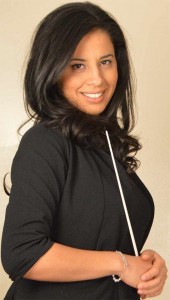
Mercedes Juan Musotto, CSUN Opera music director.
Students studying opera, symphony orchestra, art, motion picture editing, film production, visual effects and stage management will create an animated performance of the Puccini comedy “Gianni Schicchi.” The opera will stream for the public at 7:30 p.m. on Dec. 19.
Each performer — instrumentalists and vocalists — will record their parts individually, and the singers will lip-sync to their own performances in front of a green screen. Stage management students will direct the students during the filming. Internship-in-arts students will design virtual backgrounds for the opera, and film production students will marry it with the footage of the performers. The CSUN Opera is holding a fundraiser to help pay for some of the software needed for the project. They also have a link for donors outside the United States.
On Nov. 17, students in the Italian studies program will join the three opera students who perform the opera’s arias to give a presentation about the comedy and the language it uses, as part of CSUN International Education Week.
“This is one of the most amazing projects we have been involved with,” said Mercedes Juan Musotto, CSUN Opera music director. “It’s a new way to present opera. One or two or three companies in the last 10 years have done this, and never has this been done in a college setting. We are thrilled to see what happens.”
Communication is key
Fields, the art professor, said the success of the fall semester depends on collaboration and feedback not just among faculty members, but also from students. She encouraged communication among students and with their professors, to ensure they get what they need.
“Words of advice to students: Be patient. Faculty and staff are living with the same uncertainty that you are! If you have a question, ask it,” Fields said. “If you don’t have the technology you need for class, let us know. In other words: Keep lines of communication open.”
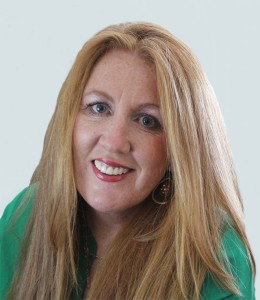
CSUN communication studies lecturer Michelle Hofmann.
CSUN lecturer Michelle Hofmann, who is teaching two public speaking courses in the fall, said she would incorporate student feedback into her lessons. She also plans to invite speakers with knowledge of campus support resources.
“I plan to use a pre-class survey to ask students what they liked or disliked about spring and the shift to online, and ask for input about how I can enhance the course in the fall,” said Hofmann, who has taken a pair of faculty training courses this summer. “I also plan to use monthly, anonymous polls to get a feel for what is working, and pinpoint areas where I may need to adjust the course or my teaching strategy to make sure the class is successful. Our students are going to need a lot of support.”
CSUN’s support for students will go beyond the classroom, Cahn said. Student groups such as Associated Students and the University Student Union are actively trying to connect with students by holding virtual events. The university is ramping up its peer mentoring programs, including using an app that links mentees to mentors. Many campus services that had been available primarily in person — such as advisement and admission and records — are available virtually. Many of those services will continue to be available online when the campus fully reopens, Cahn said. More information can be found at the CSUN as One website, the hub for information about all fall semester plans.
“This is a really good time to lean in and make progress toward a degree,” Cahn said. “Students, faculty and administrators are working to make the university experience as productive from an instructional and learning perspective as it has always been, [and] to find ways to continue to expand engagement opportunities. We recognize the difficulty that everyone’s going through, but we also find that there are many surprises that the digital environment is providing. We’re able to make progress in a way that really adds value.”
— CSUN Today editor Patty Park contributed to this report.

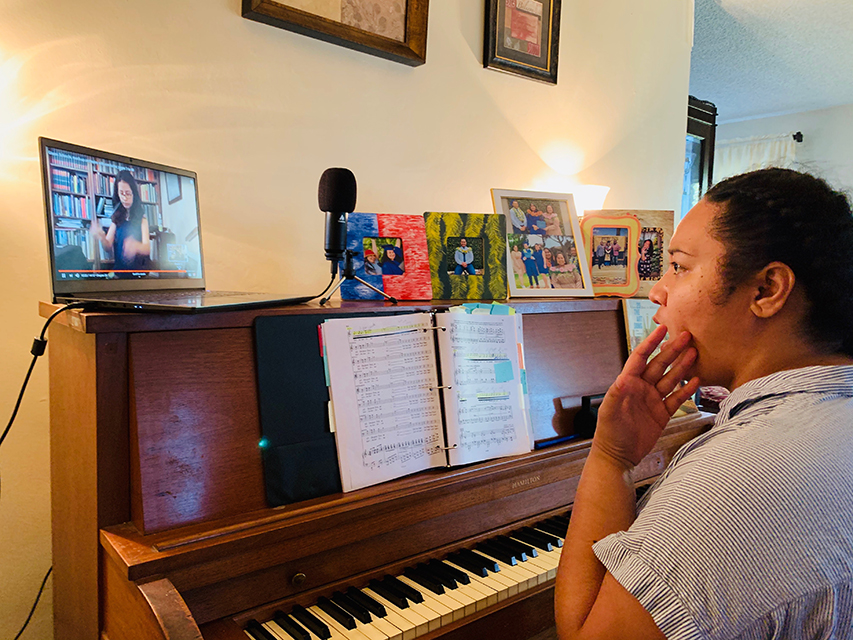
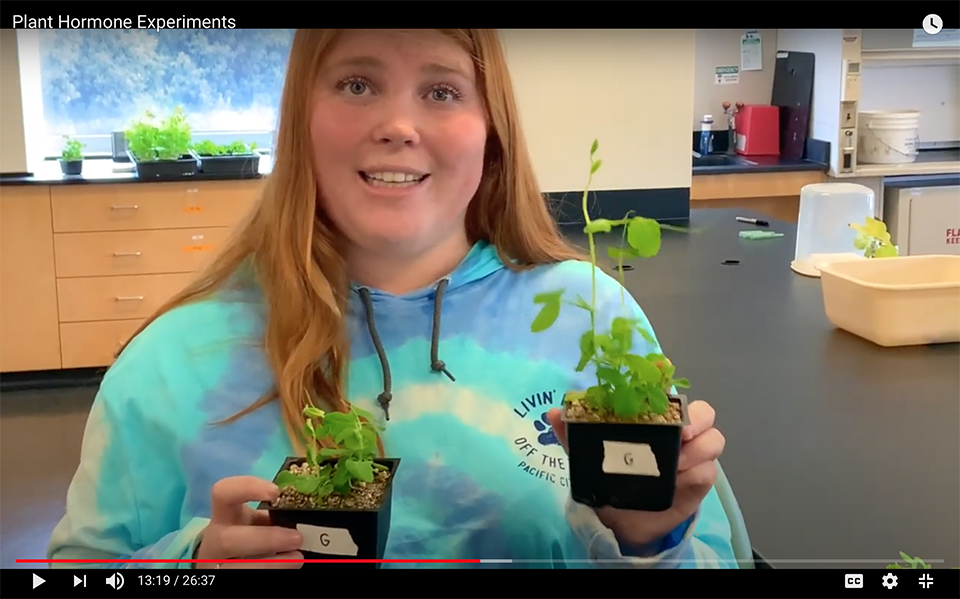
 experience
experience